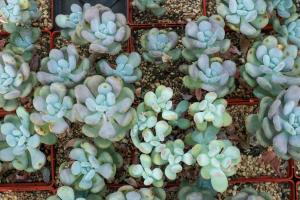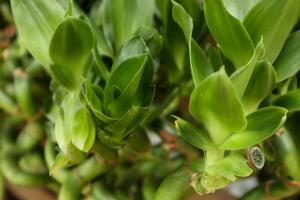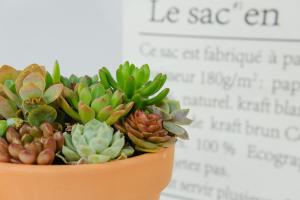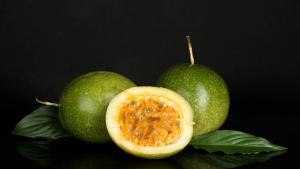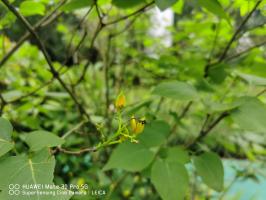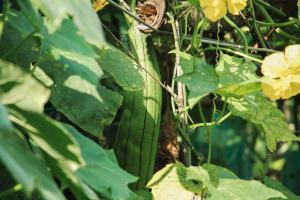What Native Plant is Used to Filter Water
As water pollution becomes an increasingly pressing issue around the world, there is a growing interest in finding natural and sustainable solutions for water treatment. One such solution that has gained popularity in recent years is the use of native plants to filter water. But what native plant is used to filter water?
The Emergent Plant Species
The most commonly used native plant species for water filtration are emergent plants. These are plants that grow in shallow waters, with their roots submerged in water while their leaves and stems remain above the surface. Emergent plants are particularly effective at removing pollutants due to their ability to absorb nutrients and contaminants from the water through their roots.
Some of the most popular emergent plant species used for water filtration include cattails, bulrush, and sedges. These plants are not only effective at removing pollutants from the water, but they are also hardy and easy to grow, making them a practical and sustainable solution for water treatment.
The Importance of Native Plants
Using native plants for water filtration offers a variety of benefits, beyond just their effectiveness at removing pollutants. Native plants are well-adapted to the local climate and soil conditions, which means they require less maintenance and are less likely to become invasive. Additionally, these plants provide important habitat for wildlife and can help to prevent soil erosion and reduce nutrient runoff.
Many communities around the world are now turning to native plants for water filtration as a way to address water pollution in a sustainable and cost-effective manner. By using these natural solutions, we can reduce our reliance on chemical treatment methods that can be harmful to the environment and create new problems down the line.
The Future of Water Filtration
As we look to the future, it is clear that the use of native plants for water filtration will continue to grow in popularity. This approach offers a sustainable, natural solution that is effective at removing pollutants, while also providing a range of other benefits to the environment and local communities.
While there is still much research to be done in this area, it is clear that using native plants for water filtration can be a game-changer for communities struggling with water pollution. As more and more communities adopt this approach, we can create a more sustainable and healthy future for ourselves and for the planet.

 how many times do yo...
how many times do yo... how many planted tre...
how many planted tre... how many pine trees ...
how many pine trees ... how many pecan trees...
how many pecan trees... how many plants comp...
how many plants comp... how many plants can ...
how many plants can ... how many plants and ...
how many plants and ... how many pepper plan...
how many pepper plan...